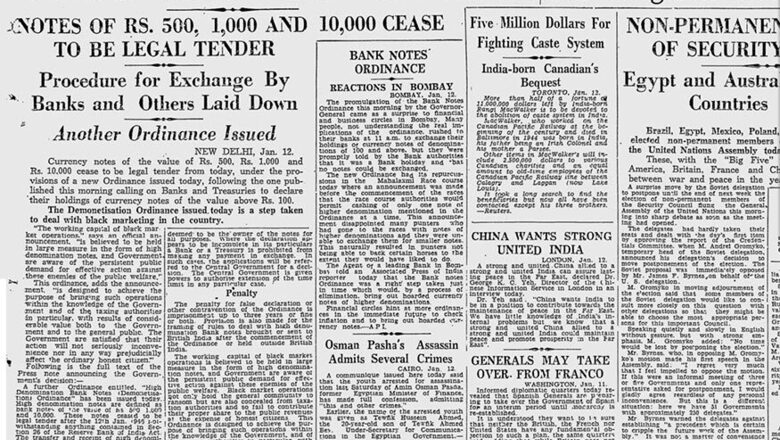
views
The demonetisation of high-value currency notes announced by Prime Minister Narendra Modi on November 8, 2016 isn't the first such act in India's history. There have been two similar exercises in the past, first in 1946 when India was a British territory and then again in 1978, by the Morarji Desai led Janata Party government.
News18.com accessed newspaper headlines from when the then Governor General of India, Field Marshal Archibald Wavell promulgated the High Denomination Bank Notes (Demonetisaton) Ordinance to get a sense of how it was like when something similar happened 70 years ago.
There is a stark difference between the India of 1946 and the India of 2016, but if we were to change the dates on some of the news items, many wouldn't even notice the difference.
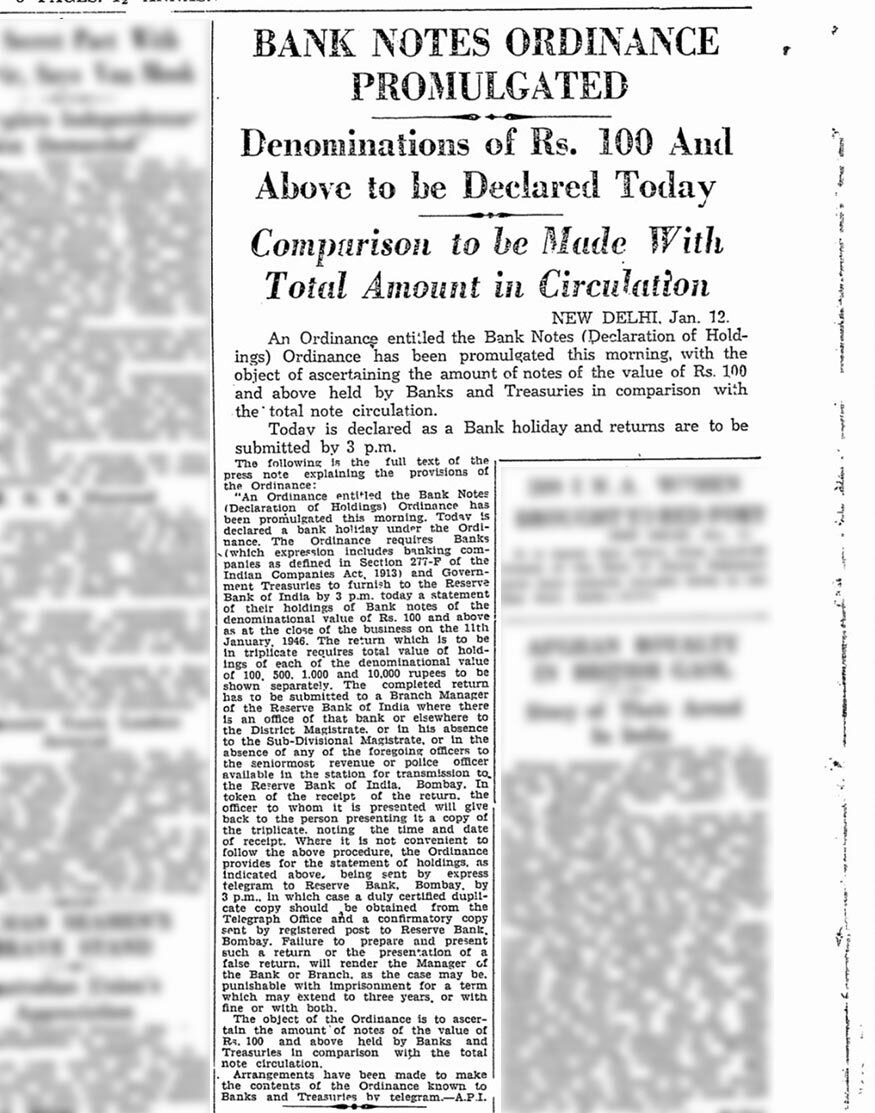
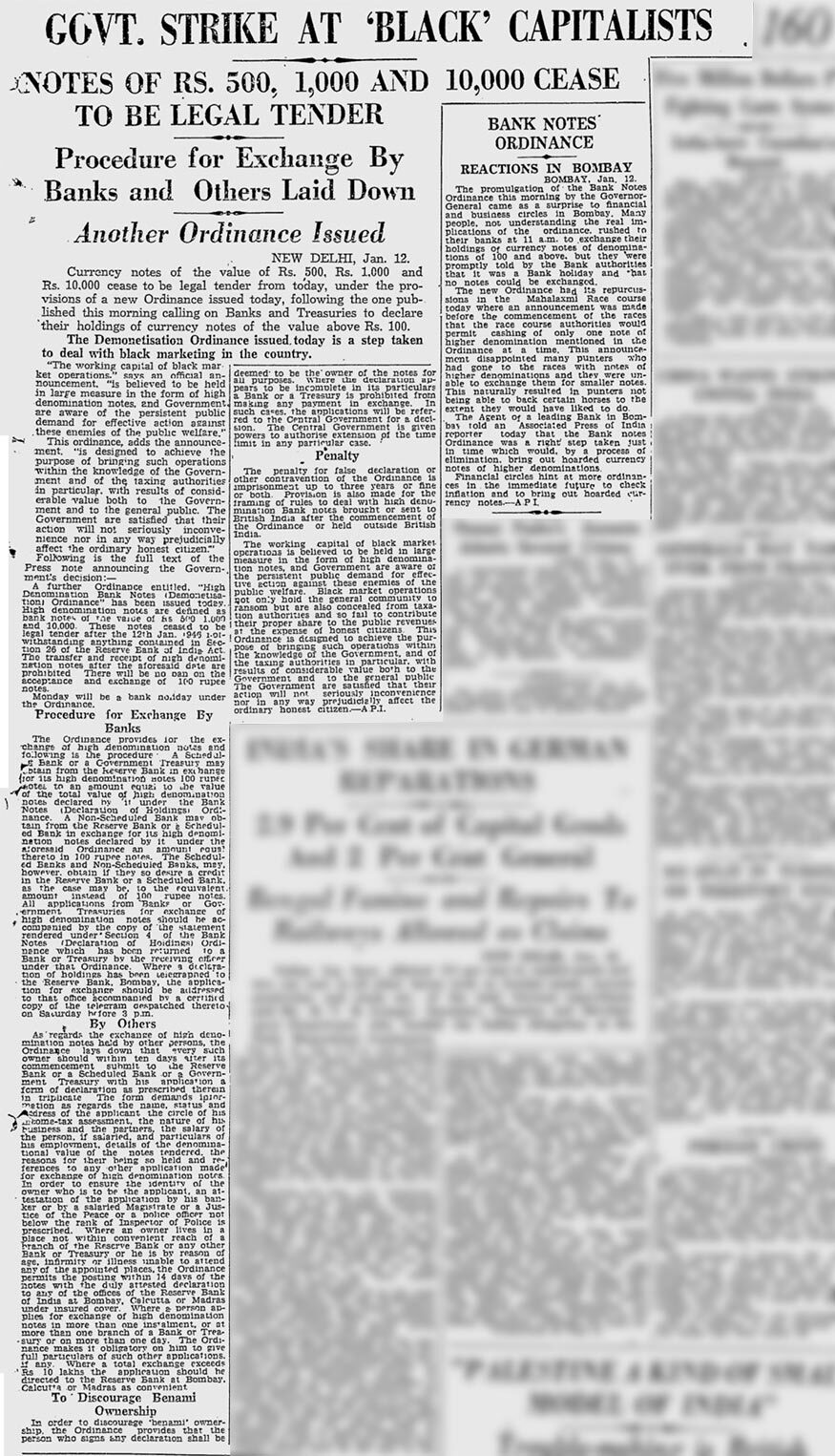
The day after the ordinance, chaos prevailed and the reports said that Rs 500, Rs 1,000 and Rs 10,000 notes were being 'sold' at 60 per cent to 70 per cent their value. Rs 100 notes, on the other hand, were 'sold' at a premium of Rs 10. Gold prices also shot up from Rs 73 to Rs 96. The demand for diamonds also increased. Silver prices, however, remained steady. The stock markets also witnessed a fall.
The Associated Press of America (APA) reported that of the Rs 1,220 crore of currency in circulation in India, Rs 200 to Rs 300 crores in higher denomination currency had "gone into black market channels to evade income and excess profits taxes."
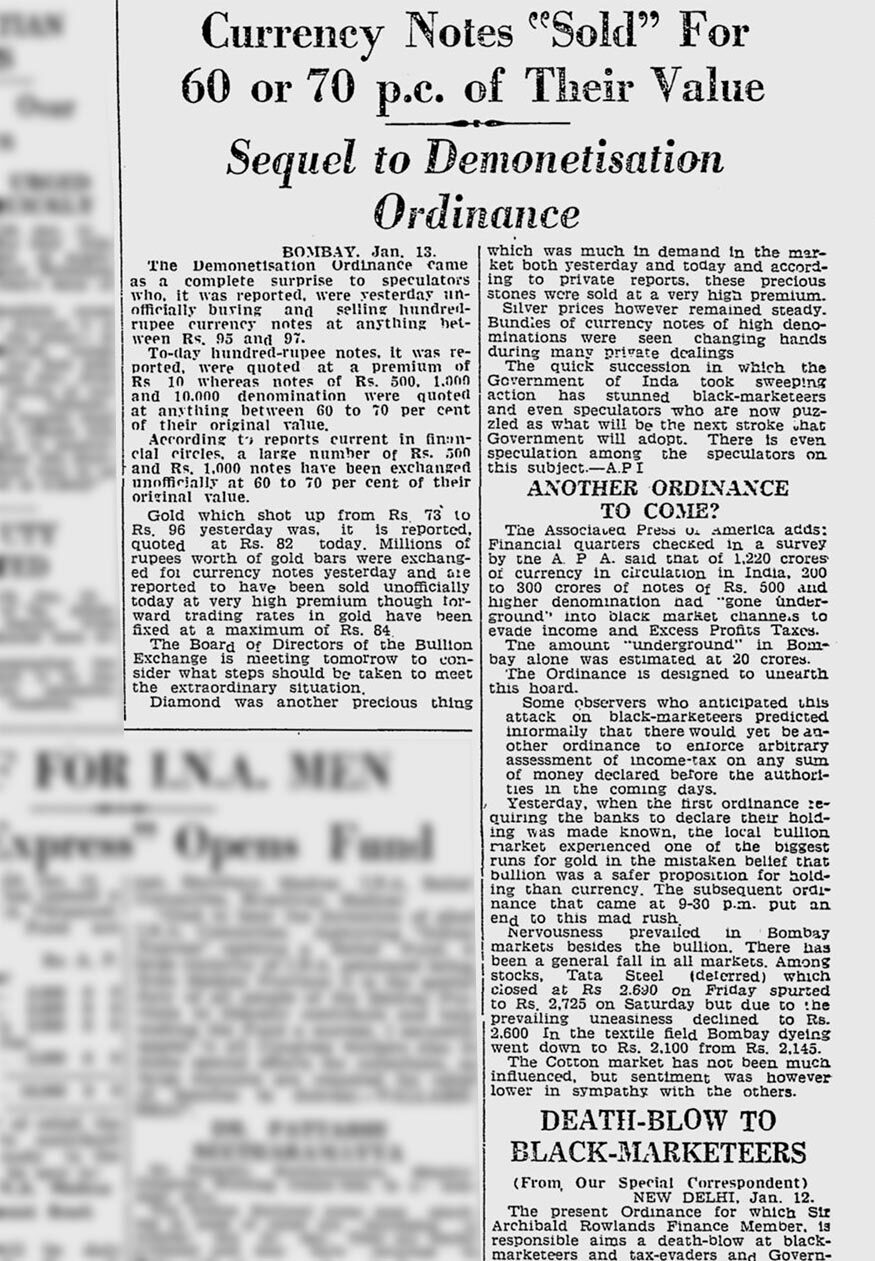
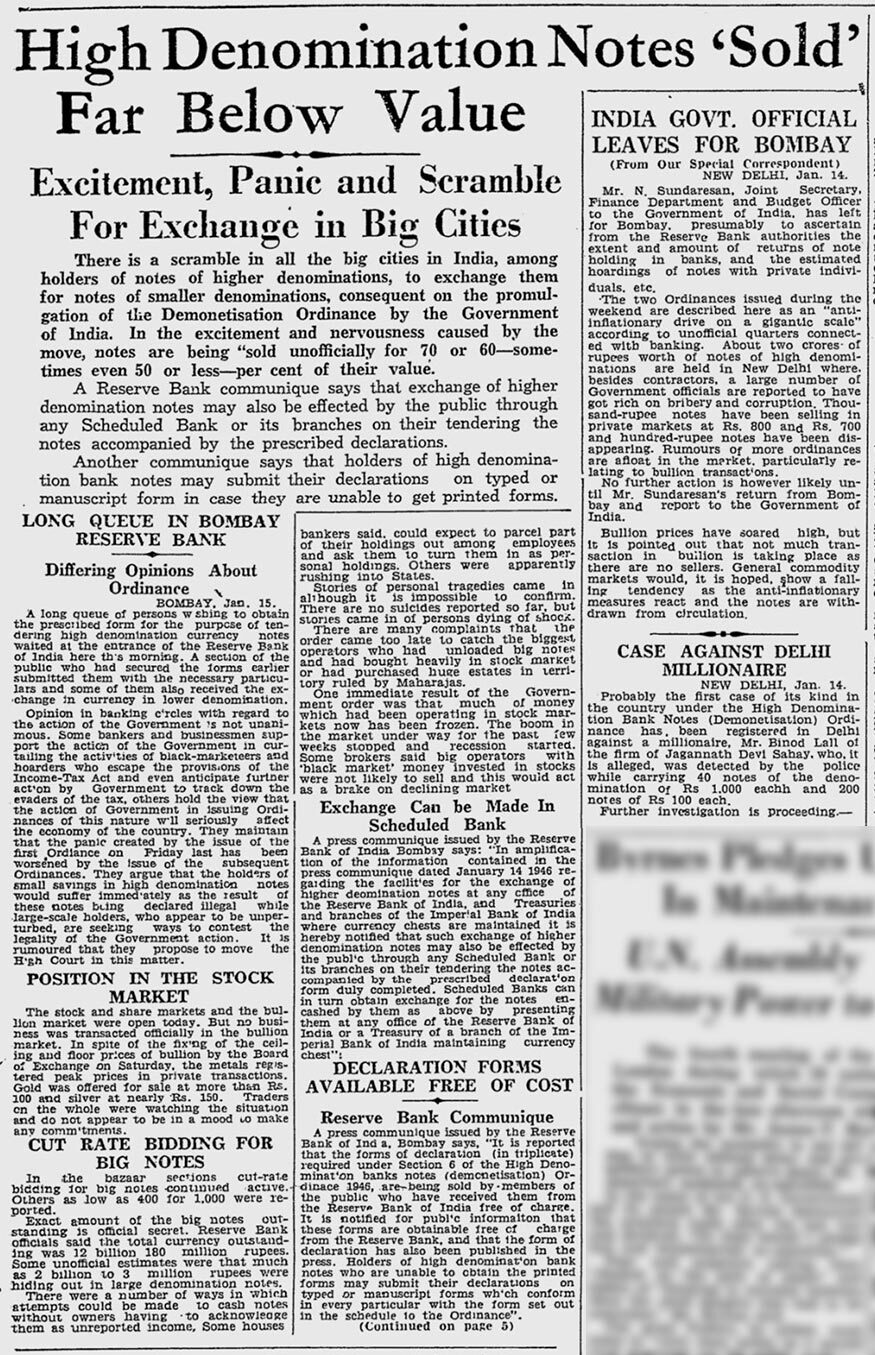
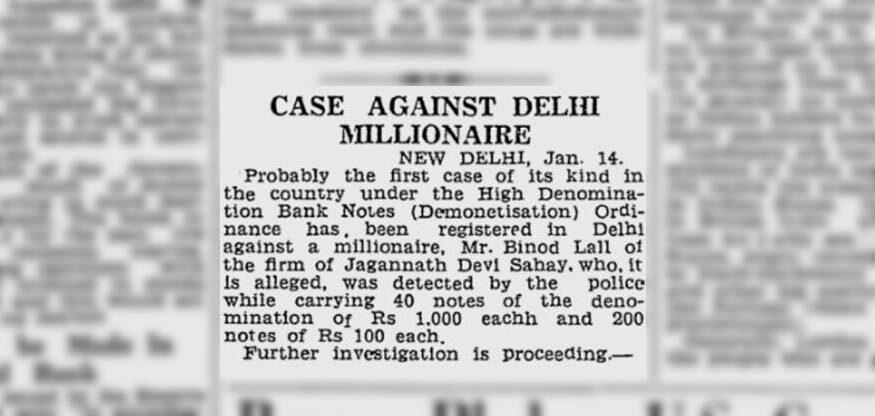
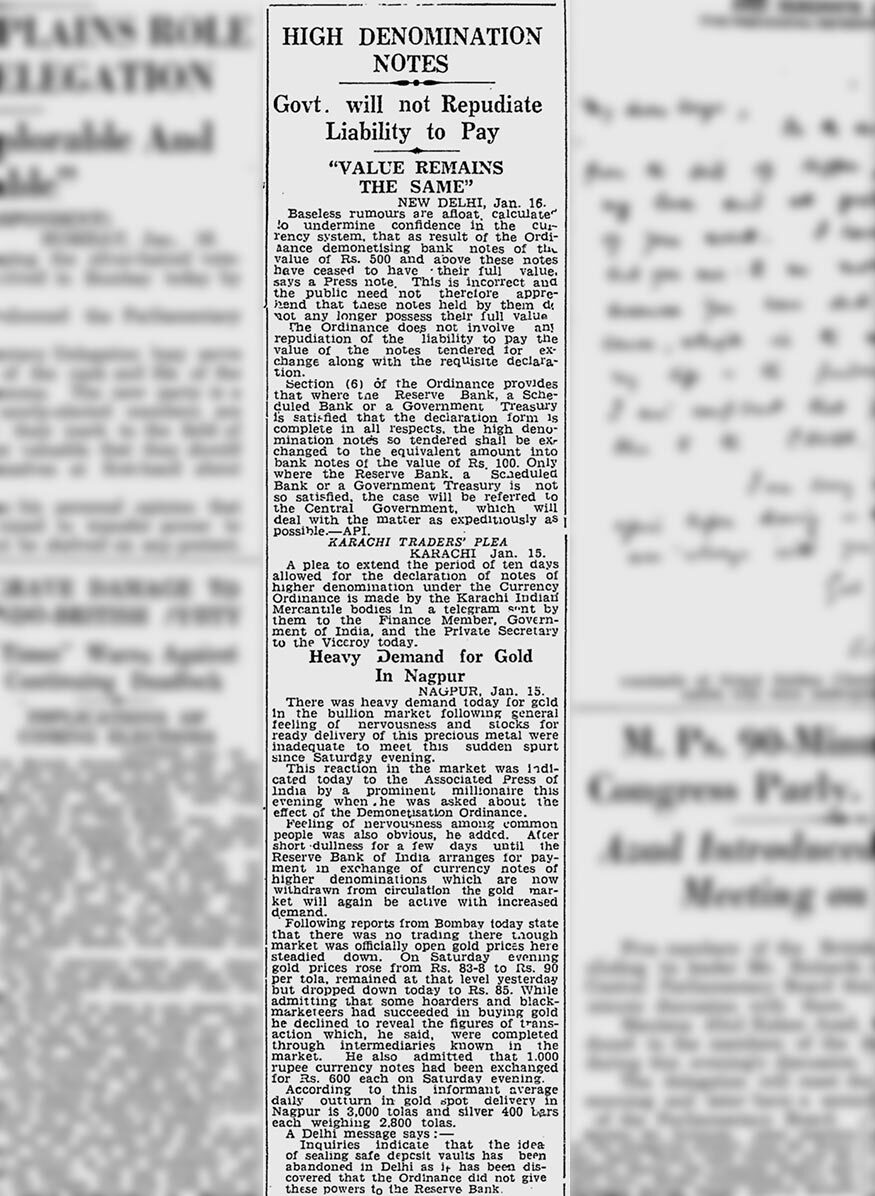
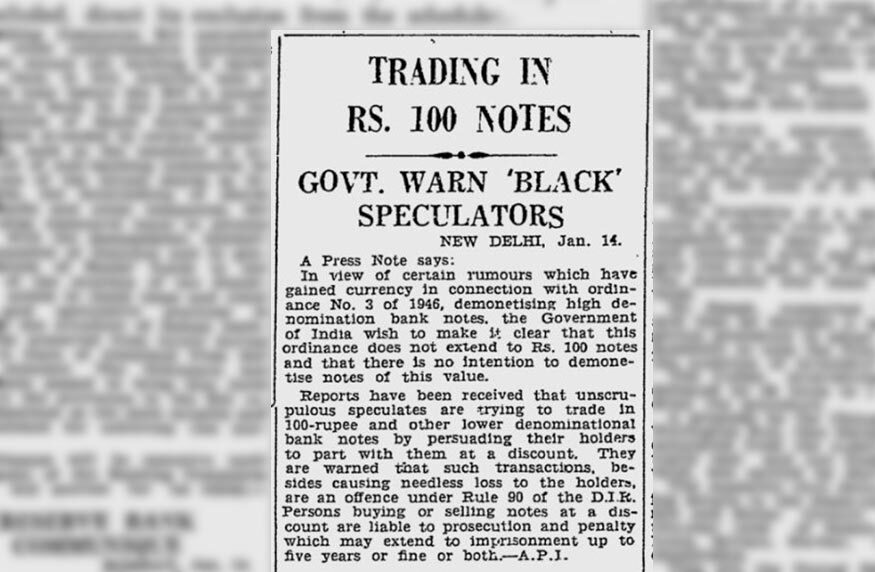
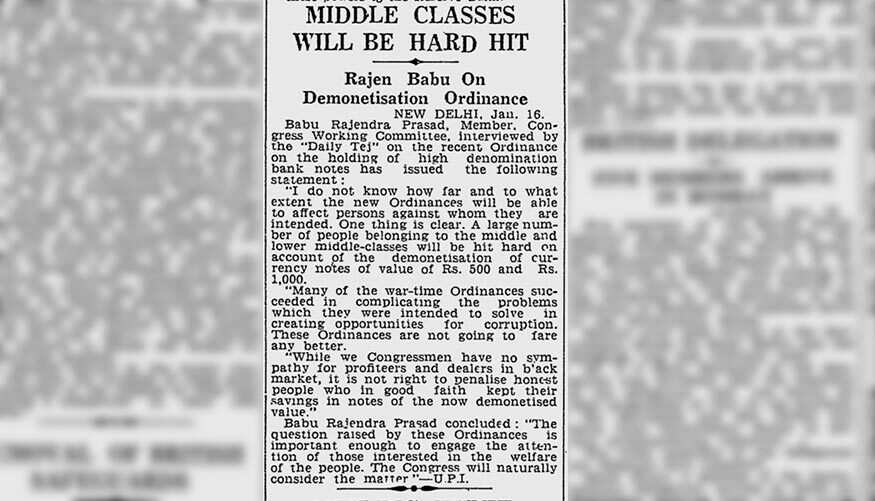
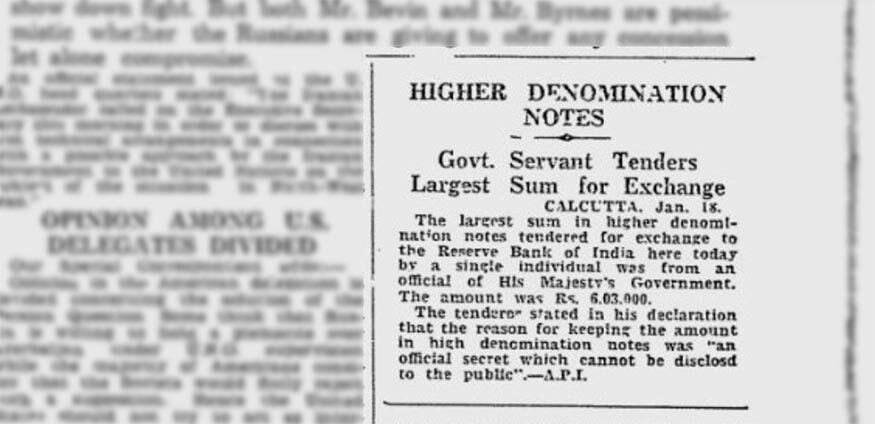
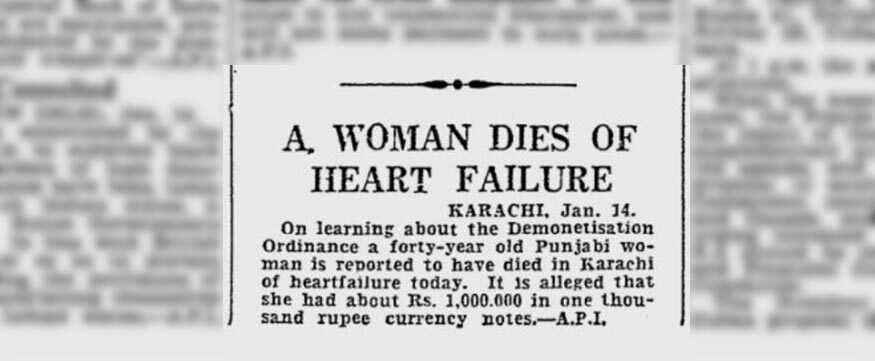

















Comments
0 comment